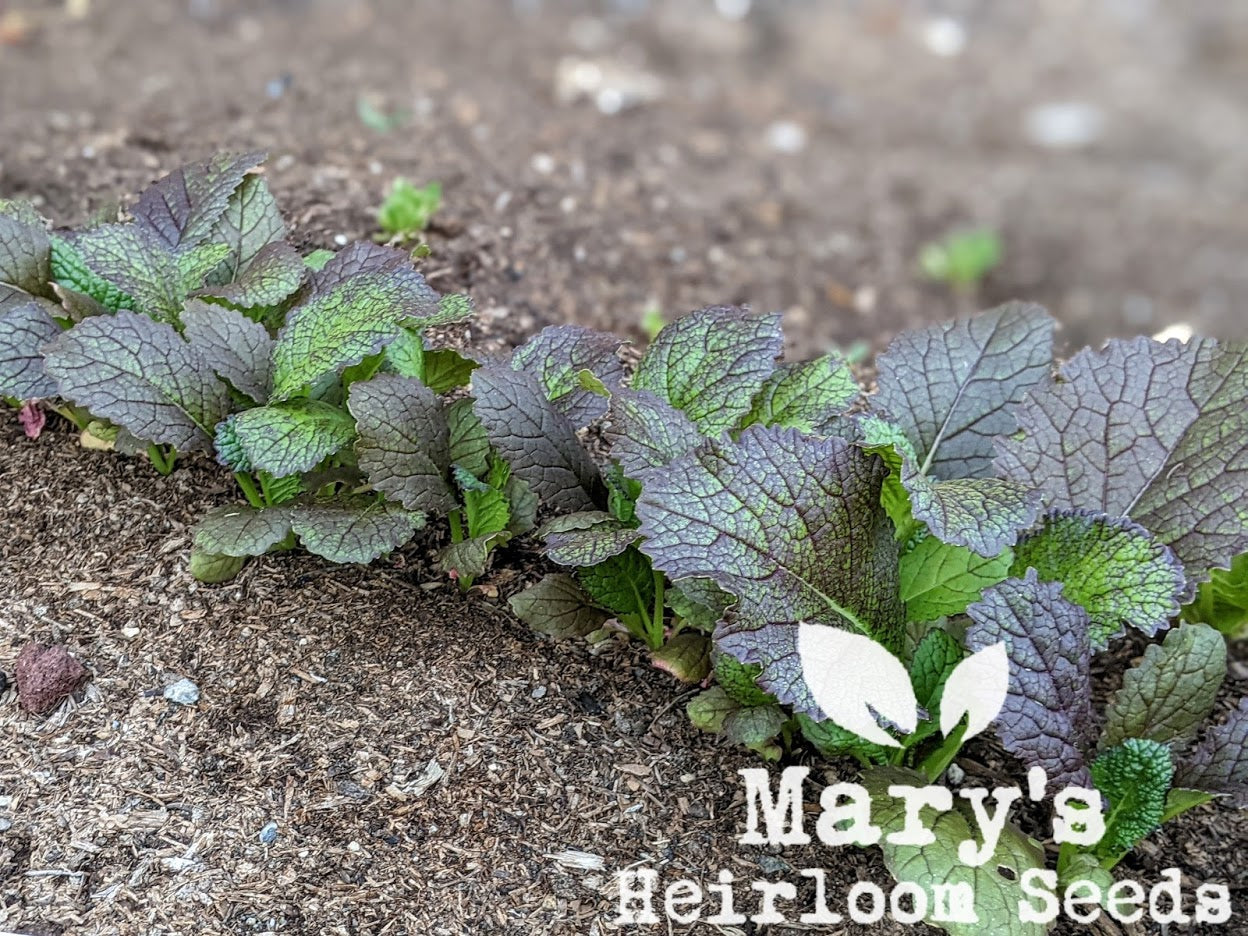Succession planting can be used in both large and small garden spaces. It doesn't have to be difficult or complicated.
Succession planting is simply sowing seeds of a certain crop (radish, beets or lettuce for example) at intervals of 1, 2 or even 3 weeks throughout the season. This can also include sowing seeds after a crop has been harvested.
Let's use Radish as an example. Radish is excellent for small spaces. From seed to harvest, Radish is ready to harvest in as few as 30 days. But maybe you don't need to harvest 100 radishes at a time. With succession planting, you can sow a few rows or a few "squares" once every week. When you're ready to harvest the first crop, sow more seeds in their place.
Bush Beans are another great example. From seed, bush beans are usually ready to harvest in 7 to 8 weeks. Bush bean harvest usually produce for around 3 weeks. Use succession planting and plant a fresh batch of bush bean seeds every 2 weeks. This way, you can continue harvested for weeks or even months depending on your growing region.
I briefly explained Succession Planting and Crop Rotation in this live chat.
Succession planting is especially important for "determinate" crops that usually produce all or most of their "fruit" all at once or over a very short period. Indeterminate tomatoes, cucumbers, melons, and peppers will continue to produce fruit off of the same plant, so you don't necessarily practice succession planting with these crops.




